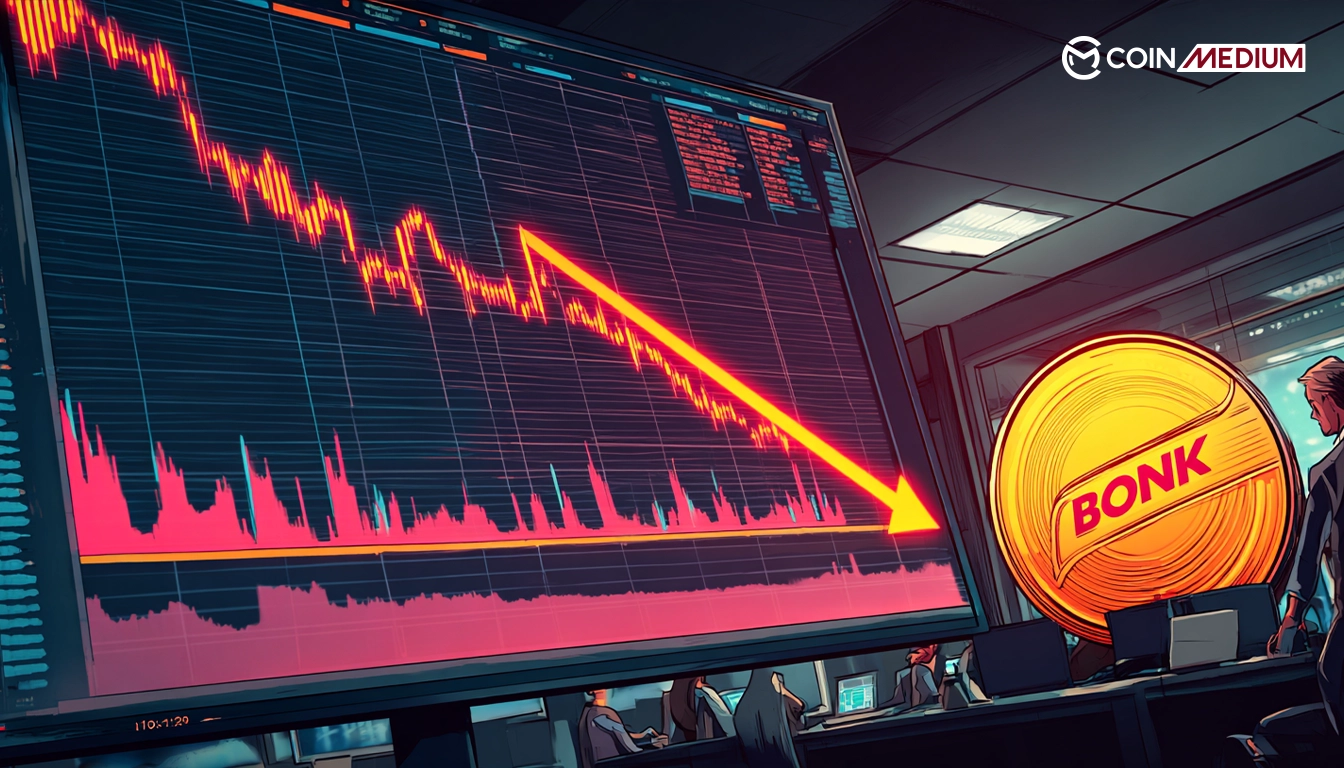Since lifting its crypto ban three months ago, Bolivia has seen a major surge in digital asset activity. The country’s central bank reported $46.8 million in crypto trading volume, averaging $15.6 million monthly, more than double the monthly average of the prior 18 months.
This rising momentum has continued into 2025, with total crypto volume hitting $294 million by June 30, according to a letter from the Central Bank of Bolivia.
The country’s growing embrace of crypto comes as it struggles with a severe currency crisis. In March, Bolivia’s state-owned oil and gas company, Yacimientos Petrolíferos Fiscales Bolivianos, received the green light to use crypto for fuel imports, a move aimed at addressing a worsening U.S. dollar shortage and growing import issues.
According to Trading Economics, Bolivia’s foreign currency reserves have plunged by 98%, from $12.7 billion in July 2014 to just $165 million as of April 2025.
In response, some local shops have even started listing prices in the stablecoin Tether (USDT), highlighting a shift toward crypto as a practical solution to the country’s economic turmoil.
The Bolivian boliviano is still the main currency used in the country, but growing concerns about its weakening value have pushed many people to seek more stable options, such as the US dollar or, increasingly, cryptocurrencies.




